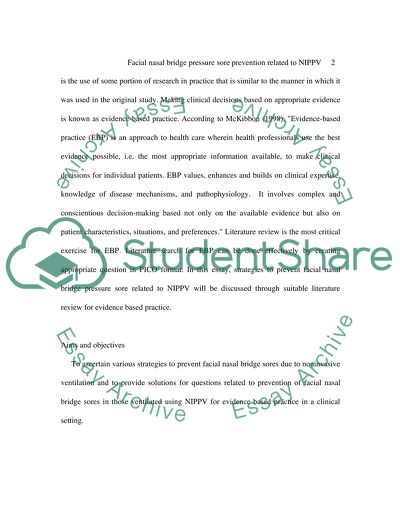Cite this document
(“Evidence-base in nursing Essay Example | Topics and Well Written Essays - 2500 words”, n.d.)
Retrieved from https://studentshare.org/psychology/1425555-evidence-base-in-nursing
Retrieved from https://studentshare.org/psychology/1425555-evidence-base-in-nursing
(Evidence-Base in Nursing Essay Example | Topics and Well Written Essays - 2500 Words)
https://studentshare.org/psychology/1425555-evidence-base-in-nursing.
https://studentshare.org/psychology/1425555-evidence-base-in-nursing.
“Evidence-Base in Nursing Essay Example | Topics and Well Written Essays - 2500 Words”, n.d. https://studentshare.org/psychology/1425555-evidence-base-in-nursing.


